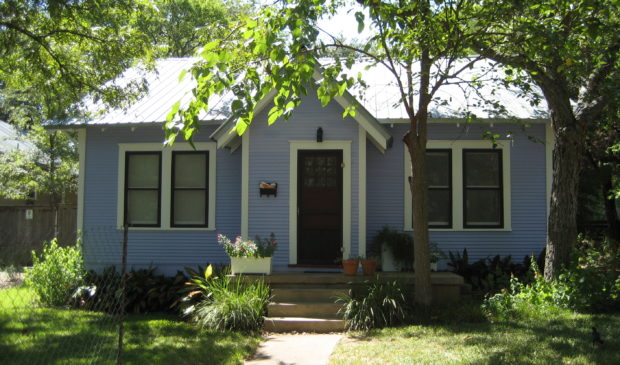Planning Commission begins tackling the new LDC draft
Tuesday, October 15, 2019 by
Jessi Devenyns Friday, Oct. 4, was a big day for the city of Austin. That afternoon ushered in the draft of the city’s most recent attempt to rewrite its Land Development Code, kicking off months of discussions about the topic.
The Planning Commission had its first discussion on Oct. 8. Though the commissioners only had four days to parse the 1,300-page document, their first order of business was determining how to approach the task of offering city staff and Council feedback on the draft.
With a tight schedule ahead, the commission decided to tackle the feedback process within the working groups and then present any proposed amendments to the full commission on designated working days. The first one will be this Wednesday, Oct. 16.
Subsequent meetings will continue through October into November with a public hearing scheduled for Oct. 22.
“There’s definitely some value we can add and some nuance,” Commissioner Todd Shaw said. “I think it’s good for us to offer some solutions.”
While the commission did not have any solutions immediately at hand that evening, they did come with a host of questions prepared. Several topics took the lion’s share of the discussion, including affordable housing distribution, transition zones, limiting developer speculation and site plan exemptions.
Transition zones are areas near major roads slated for more intense development. Commissioner James Shieh said they appeared not to be in alignment with activity corridors identified in the city’s Strategic Mobility Plan. “I think it’s a loss that we’re not putting density where we’re already putting money along these corridors,” he said.
He suggested reevaluating the positioning of transition zones alongside the Austin Strategic Mobility Plan in order to increase the level of density where the city has already committed to improving transportation.
“We’ve heard a lot of similar comments from the community,” said Annick Beaudet, who is on the Land Development Code revision team. However, she said that the transition zones were laid out as they were because “we did follow Council directions to the T.”
Discussion about the transition zones trickled into questions about the equity of affordable housing options as commissioners pointed out that the way Austin’s density bonus program is structured favors centrally located developments. According to Erica Leak from the Neighborhood Housing and Community Development Department, it takes between three and 20 market-rate units to balance out the cost of one affordable unit. The result is that in what Leak called “high opportunity areas” like downtown, the number of market-rate units required to offset the cost is less than in the outer reaches of the city.
Nevertheless, she pointed out that the program is projected to increase the number of affordable units by six times.
Density bonuses under the draft code are expanded with more developments across the city eligible to participate.
Commissioner Carmen Llanes Pulido worried what the draft code would mean in terms of redevelopment. “There is concern around accelerating redevelopment and losing older structures that are naturally occurring affordable housing,” she said. She asked how the city planned to mitigate speculation driving up land value.
“I know that we can’t stop speculation with the land code, but we can certainly accelerate it and that’s what I would like to not do,” she said.
Although this was the first of many discussions to come about the draft, Commissioner Greg Anderson said he had a positive gut feeling about the land use code’s direction. “I’m optimistic that we’re going to have a good Land Development Code,” he said.
Photo by Ernest Bludger made available through a Creative Commons license.
The Austin Monitor’s work is made possible by donations from the community. Though our reporting covers donors from time to time, we are careful to keep business and editorial efforts separate while maintaining transparency. A complete list of donors is available here, and our code of ethics is explained here.
You're a community leader
And we’re honored you look to us for serious, in-depth news. You know a strong community needs local and dedicated watchdog reporting. We’re here for you and that won’t change. Now will you take the powerful next step and support our nonprofit news organization?









